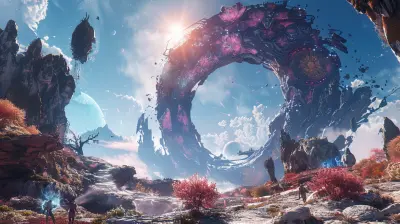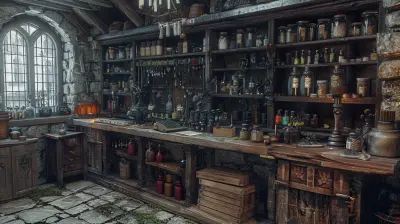From the Tabletop to the Screen: The Evolution of Coop Games
19 August 2025
Gaming has come a long freakin’ way—from pausing Monopoly arguments around the dinner table to firing up Discord and squadding up in Left 4 Dead or Phasmophobia. Coop (or co-op, if you wanna be fancy) gaming is no longer just about sitting together in a stuffy basement, passing around dice and snacks. Nope, it's now a digital, multi-dimensional experience that lets us team up with friends across the globe.
So buckle up, gamer. We’re diving headfirst into the epic journey of cooperative games—how they started around kitchen tables and evolved into some of the most immersive, screen-blazing experiences in modern gaming. Trust me, if you’re a fan of teamwork, chaotic fun, and shared victories (or hilarious failures), this one’s for you.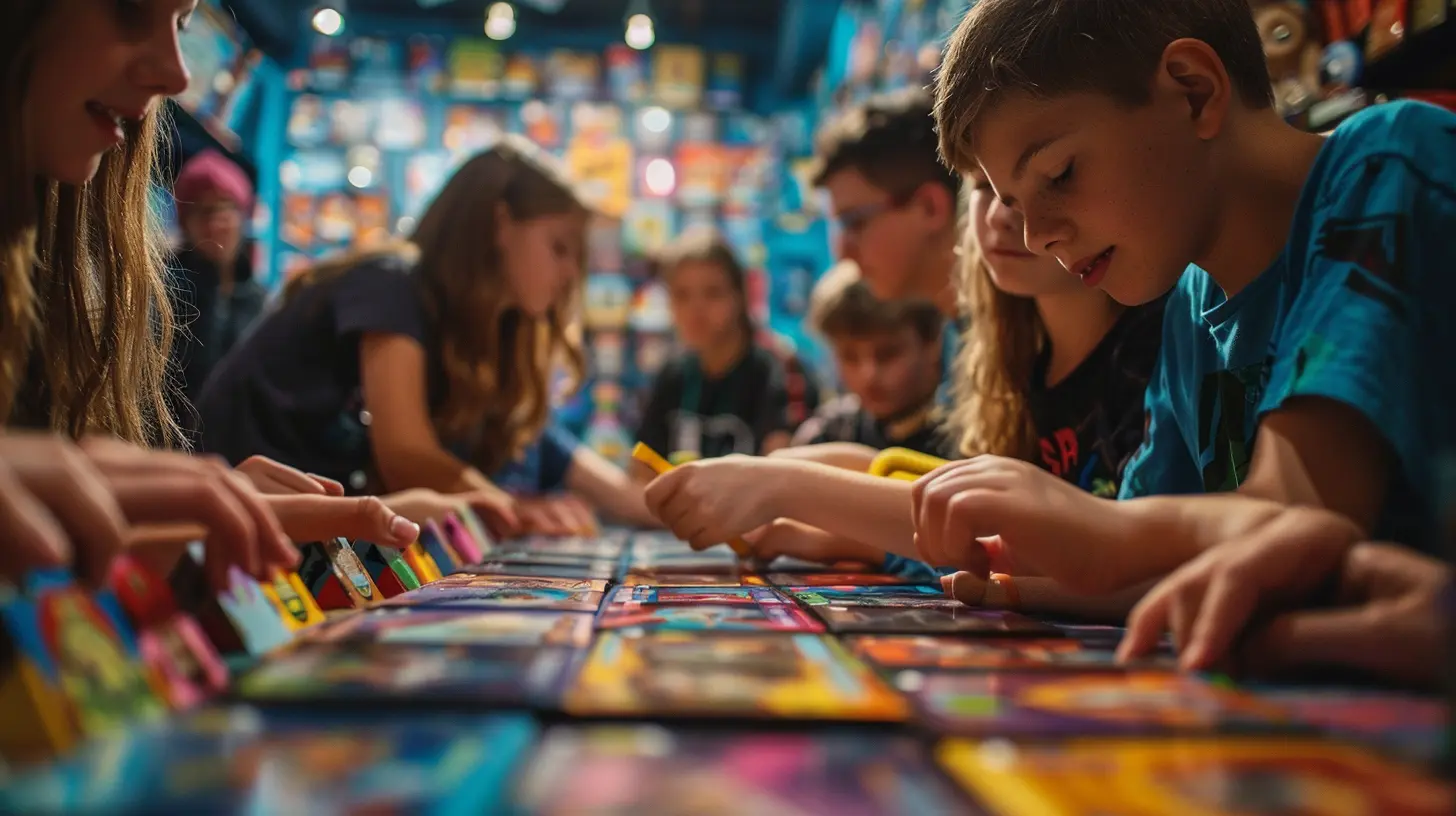
🎲 It All Started With the Tabletop
Before Steam libraries and crossplay lobbies, there were boards, cards, dice—and a whole lotta yelling.The OG Coop Experience
Back in the day, gaming was purely local. Remember those long tabletop sessions? Games like Dungeons & Dragons, HeroQuest, and Arkham Horror built the first true cooperative experiences. Instead of tearing each other apart in a competitive skirmish, players had to actually collaborate. What a concept, right?You had to form strategies, divide roles, and build trust (or not—looking at you, chaotic-neutral rogues). These games taught us early on that success tastes way sweeter when it's shared.
Storytelling and Strategy
These early coop games weren’t just about beating monsters—they were about weaving narratives together. You weren't just players; you were heroes in a grand adventure. That element of shared storytelling laid the foundation for modern digital co-op games.It’s kinda amazing to think how sitting around a table tossing dice turned into storming castles in 4K with surround sound and a killer soundtrack.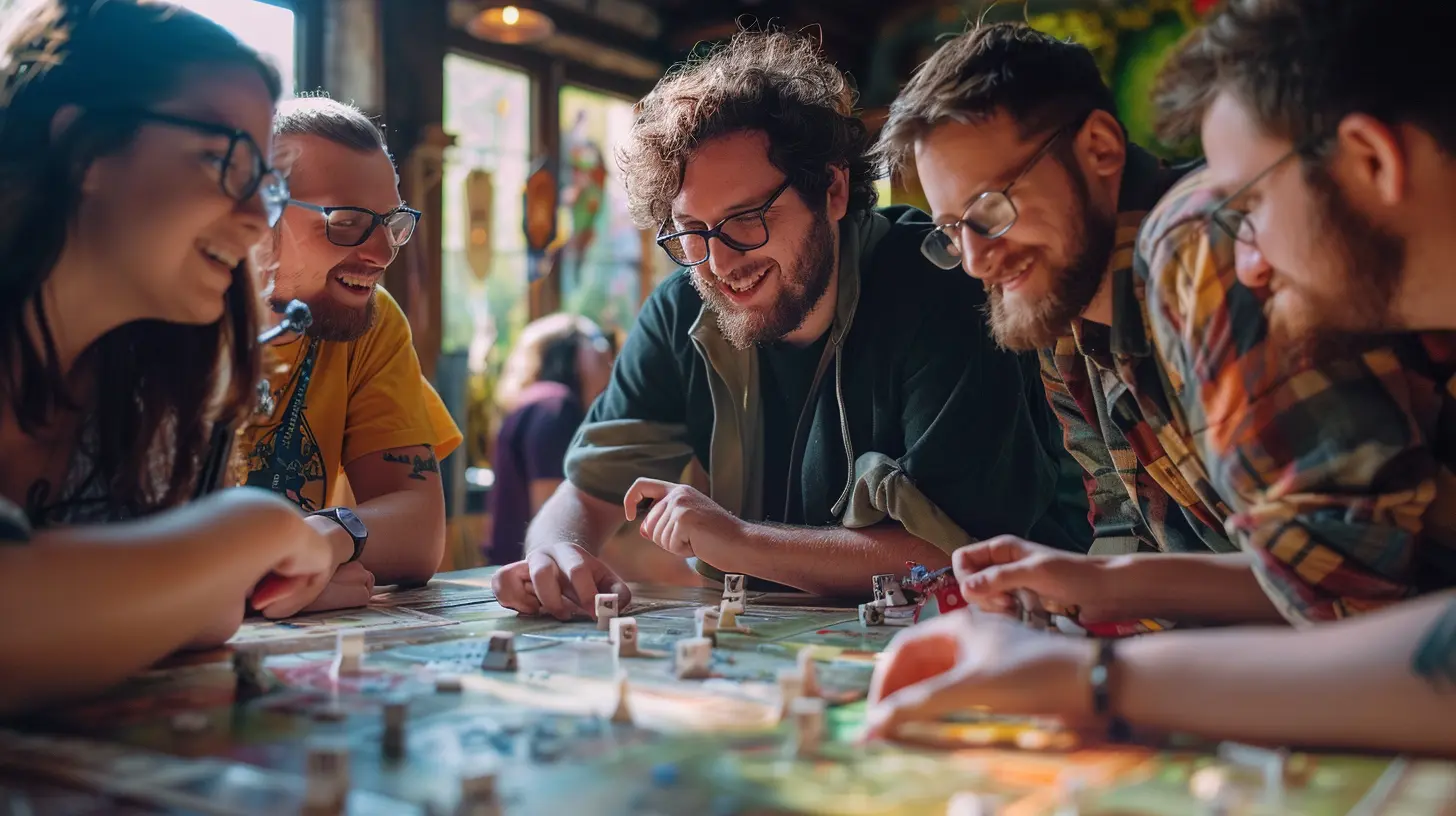
🕹️ Enter the Digital Age: Early Coop Video Games
As consoles and PCs started getting attention, coop gaming made the leap—clumsily at first, but the intentions were clear.Couch Coop FTW
Way before online multiplayer was a thing, we had split screens and couch coop. Classic titles like:- Contra (NES)
- Streets of Rage (Sega Genesis)
- Gauntlet Legends (Arcade/Console)
- Halo: Combat Evolved (Xbox)
These games forced us to sit shoulder-to-shoulder with our buddies, fighting back-to-back against pixelated bad guys. And hey, sharing one screen? That meant sharing laughter, rage quits, and bags of chips.
The Power of Two (or Four)
These early digital coop games focused on simplicity and synergy. One player controlled a heavy-hitter, the other might be the speedy recon-type. Just like tabletop roles, this setup enhanced player dynamics, forcing everyone to play to their strengths.Was it perfect? Heck no. Connection was limited, controllers got unplugged mid-mission, and don’t even get me started on screen peeking. But it was the blueprint for something bigger.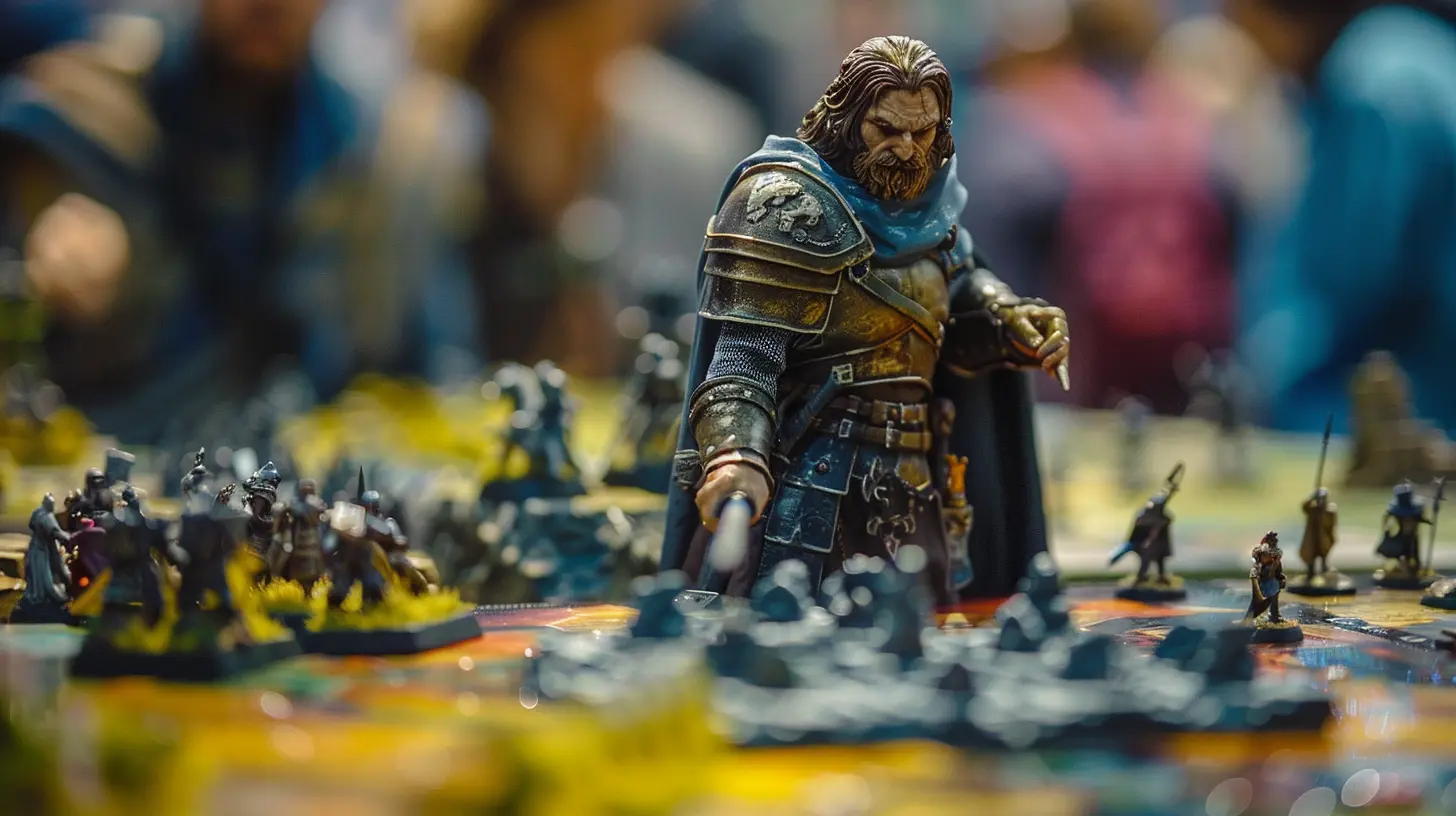
🌐 Online Coop Revolution
Then boom—broadband internet happened. And just like that, the possibilities blew wide open.From LAN Parties to Global Squads
Once we could connect with friends without dragging TVs and consoles across town, coop games hit a whole new level. Titles like:- Left 4 Dead
- Borderlands
- Payday
- Portal 2
These games weren’t just multiplayer—they were built around cooperation. You had to communicate, synchronize, and sometimes revive your boneheaded teammate who ran off-lone-wolf style (we've all been that guy...).
The Rise of Asymmetry
Online infrastructure let developers get creative. Enter asymmetric coop—where each player’s role is totally unique. Think Dead by Daylight, where four players team up to escape a killer (another player), or Keep Talking and Nobody Explodes, where only one person can see the bomb, and everyone else has the manual.This stuff brought new life and tension into coop play. Strategy, trust, and a whole lotta yelling were back on the menu—and it was glorious.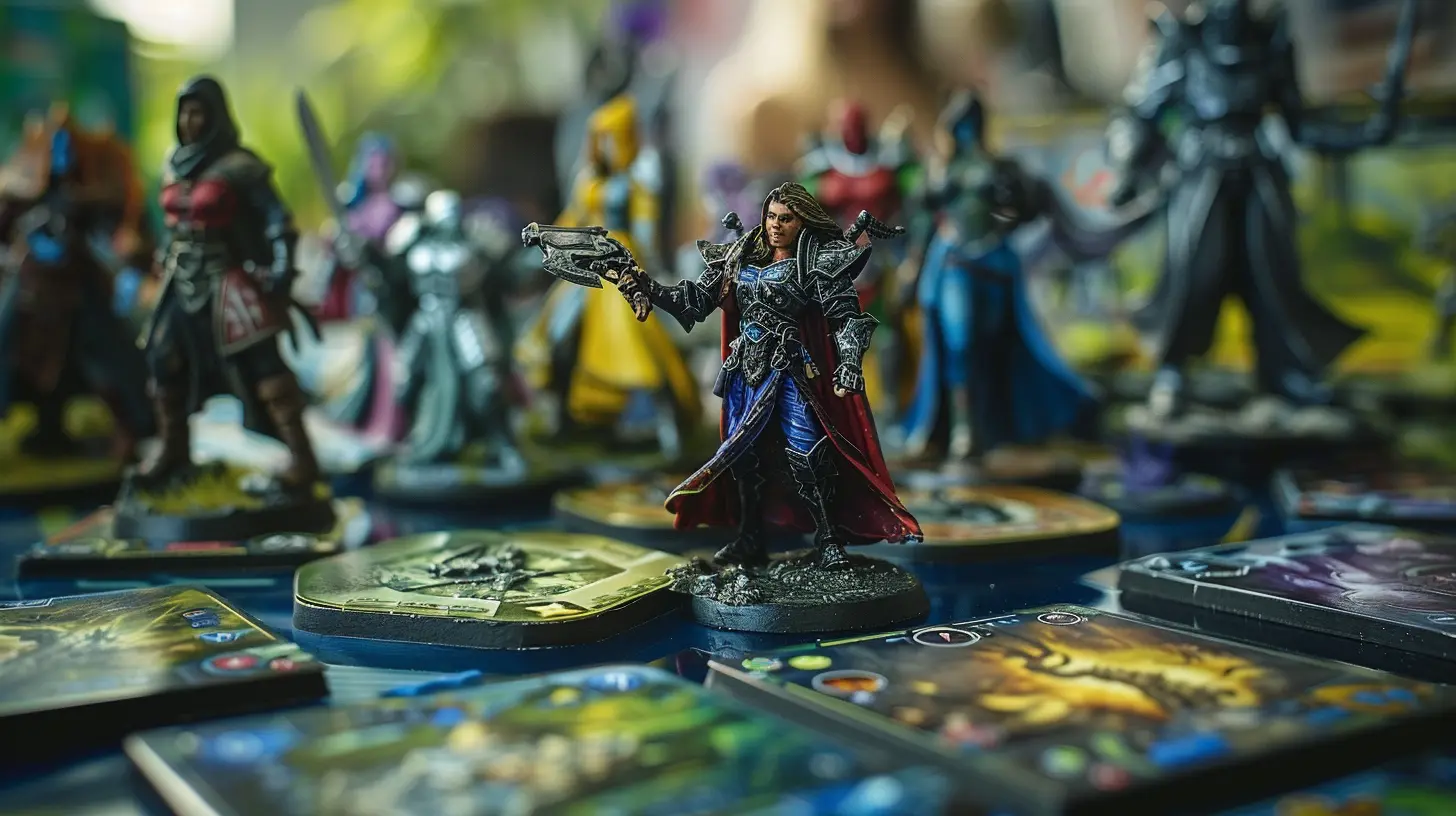
🎮 The Modern Era: Complex, Cinematic, and Connected
Today’s coop landscape slaps, let’s be honest. We’ve got high-fidelity graphics, real-time voice chat, and layered mechanics that can make or break friendships.Crossplay and Accessibility
Wanna game with your buddy who owns a PS5, while you’re stuck with your old gaming laptop? No problem. Modern coop games like Fortnite, Minecraft, and Rocket League have embraced crossplay—tearing down platform walls for good.And yes, it’s finally easier to connect, team up, and just vibe together, no matter what hardware you use.
Coop is the New Single-Player
Have you noticed how many "single-player" games now come with coop baked in?- It Takes Two was literally designed FOR two players (and won Game of the Year).
- A Way Out forces you to work together, both narratively and mechanically.
- Even survival games like Valheim and Raft become ten times better with friends.
Developers aren't just slapping on coop as an afterthought—it’s becoming the core of storytelling and gameplay. Because experiencing a narrative together? That hits different.
🧠 Why Do We Love Coop Games So Much?
Let’s get real for a sec. What is it about coop games that gets us coming back for more?Shared Success = Elevated Joy
Pulling off a perfect heist in Payday 2 or surviving 10 nights in Don’t Starve Together feels epic—not just because of the challenge, but because you did it as a team. There’s something primal and awesome about conquering stuff together.Communication is King
Coop games force us to talk, strategize, sometimes scream, and always laugh. They build bonds. In a world dominated by competition and leaderboards, coop games are the digital equivalent of trust falls (except with fewer injuries).Replayability and Chaos
Let’s be honest—coop games are chaotic as hell. No playthrough is ever the same. Whether it’s your friend misfiring a rocket or someone misreading a puzzle, these games shine in their unpredictability.And that chaos? That’s where the magic lives.
🔮 The Future of Coop Gaming
So what’s next? Are we already at peak-coop? Not even close.VR and the Metaverse
As VR continues to evolve, coop experiences are about to get real—like, physically real. Games like VRChat, Phasmophobia (VR version), and Half-Life: Alyx modded for coop give us a taste of what’s coming.Imagine solving an escape room with your best friend across the world—while both of you are cracking real virtual locks, sweating, and screaming in real-time. Yeah, it’s happening.
AI Teammates & Smart Systems
For the solo players out there, AI is stepping up. We’re seeing smarter, more intuitive bots that can assist you like real humans. Think Deep Rock Galactic or GTFO, where AI fills the spot without dragging the team down.Soon, gaming alone won’t mean feeling alone.
Bigger Worlds, Bigger Teams
With cloud computing and advanced real-time networking, we’re likely heading toward massive persistent coop worlds. Think MMO-level sizes, but with built-in squad mechanics. Games like Destiny 2 are already testing that limit.Coop gaming is no longer a mode. It’s a movement.
🎤 Final Thoughts: Why Coop Games Matter More Than Ever
We live in a ridiculously connected world—but that doesn’t always mean we feel connected. Coop games are more than just digital fun—they’re spaces to bond, build trust, and experience the highs and lows together.From rolling dice in candlelit basements to raiding alien strongholds in 4K, coop games have always been about one thing: human connection. And in a world full of competition, grind, and battle royales, that connection is pure gold.
So whether you’re teaming up with your sibling, your squad, or a total stranger online—coop games are proof that gaming, at its core, isn’t just about winning.
It’s about winning with someone else by your side.
Keep playing, keep laughing, and whatever you do—don’t forget to revive your teammate, you absolute legend.
all images in this post were generated using AI tools
Category:
Cooperative GamesAuthor:

Tina Fisher
Discussion
rate this article
1 comments
Simon Reese
What a delightful journey! It's fascinating to see how cooperative games have evolved from cozy tabletop sessions to immersive digital experiences, bringing friends together in new and exciting ways. Can't wait to play!
August 23, 2025 at 3:51 AM

Tina Fisher
Thank you! I'm glad you enjoyed the journey through the evolution of cooperative games. Exciting times ahead for gamers!
